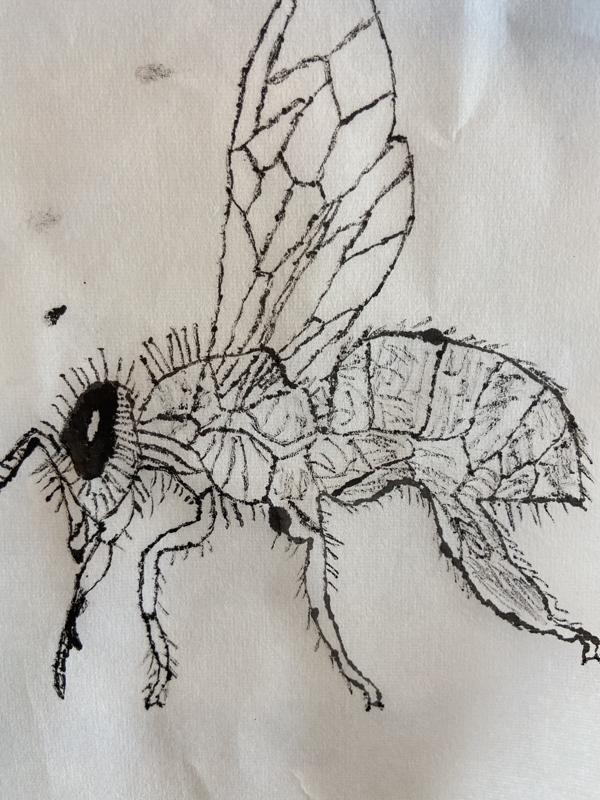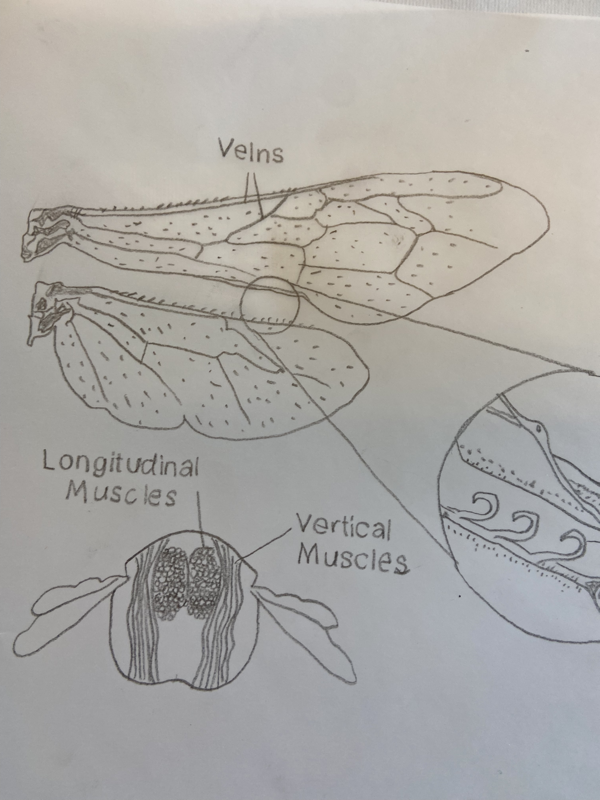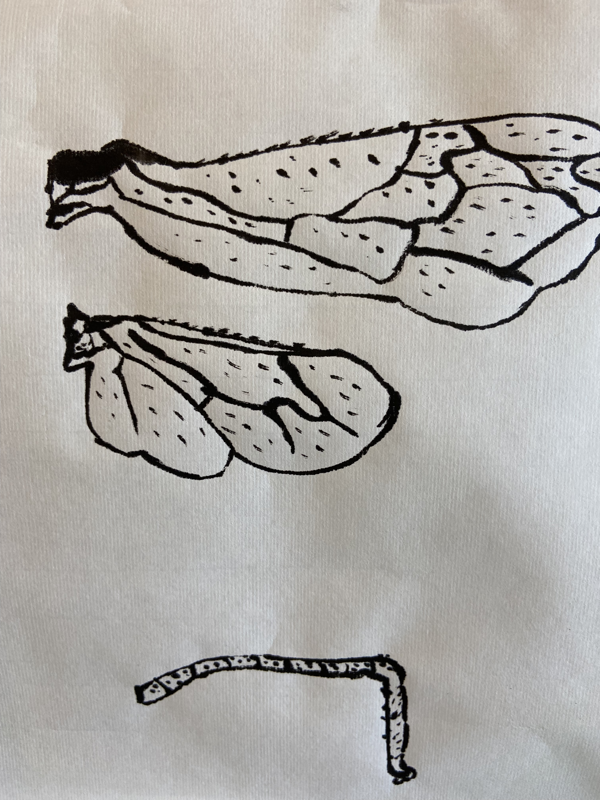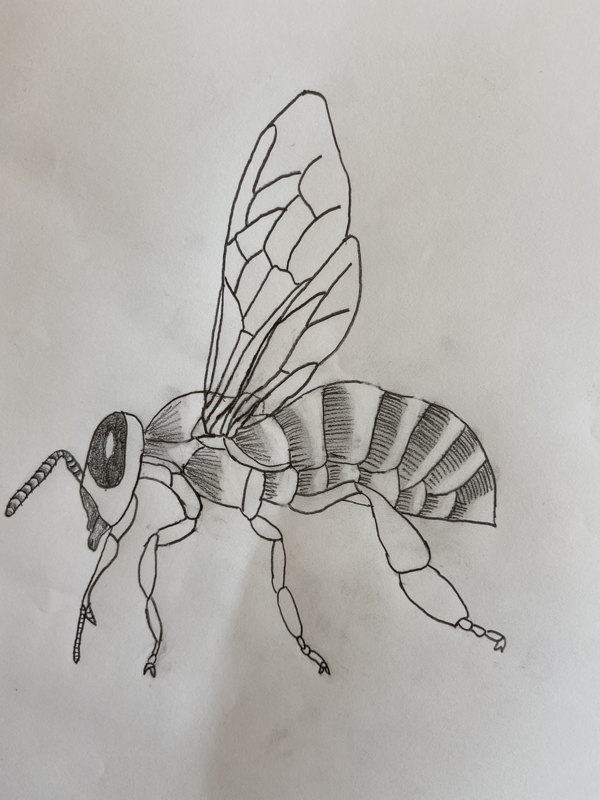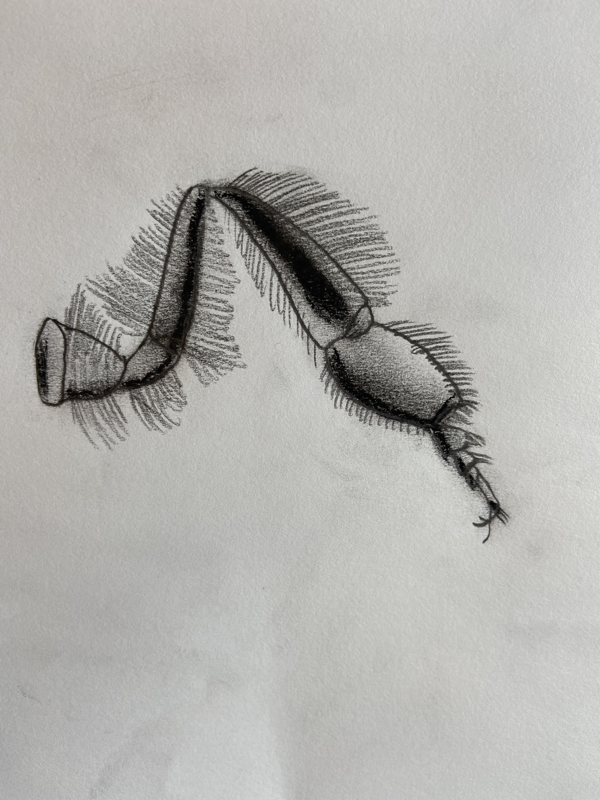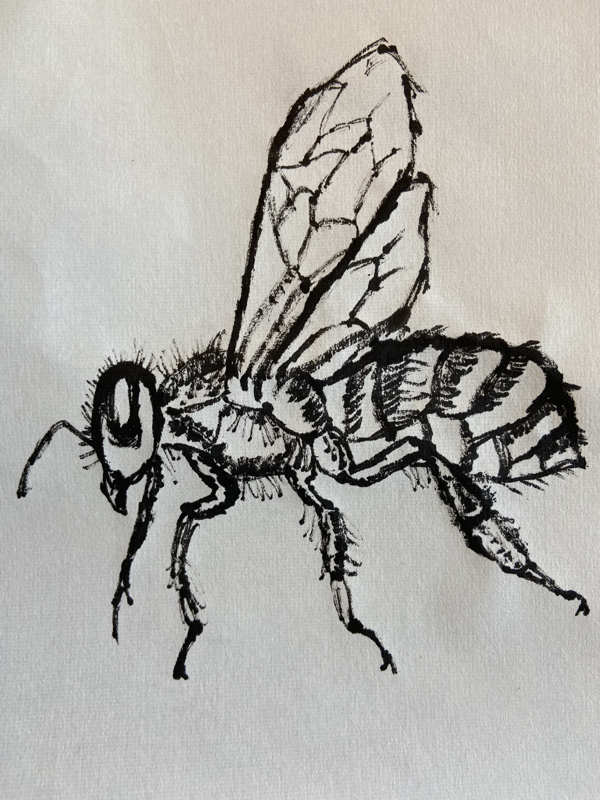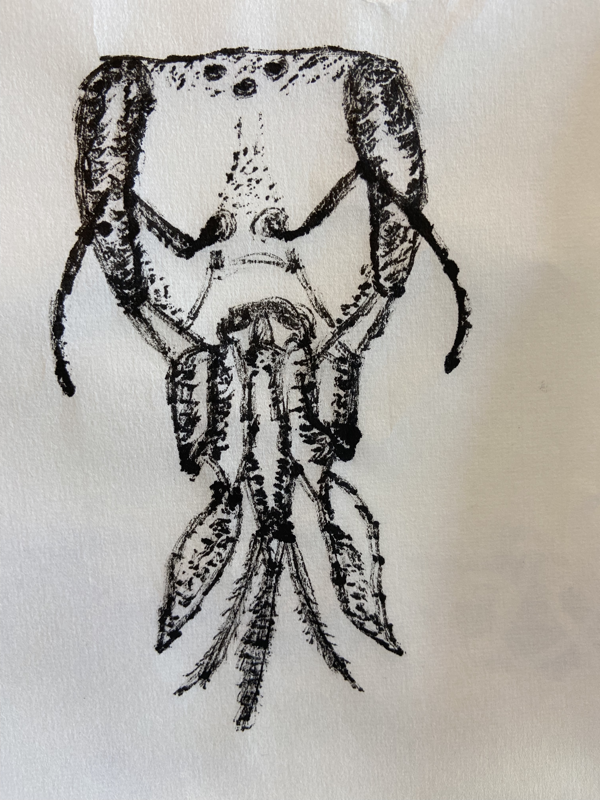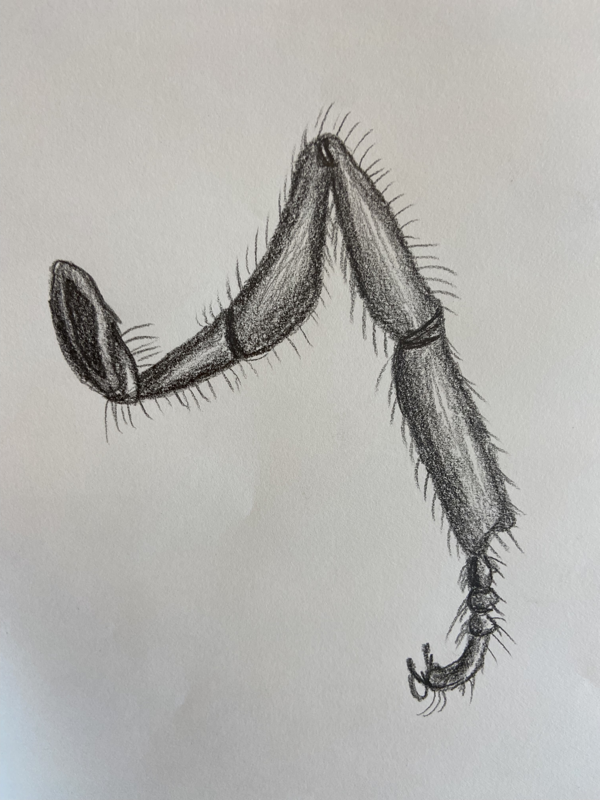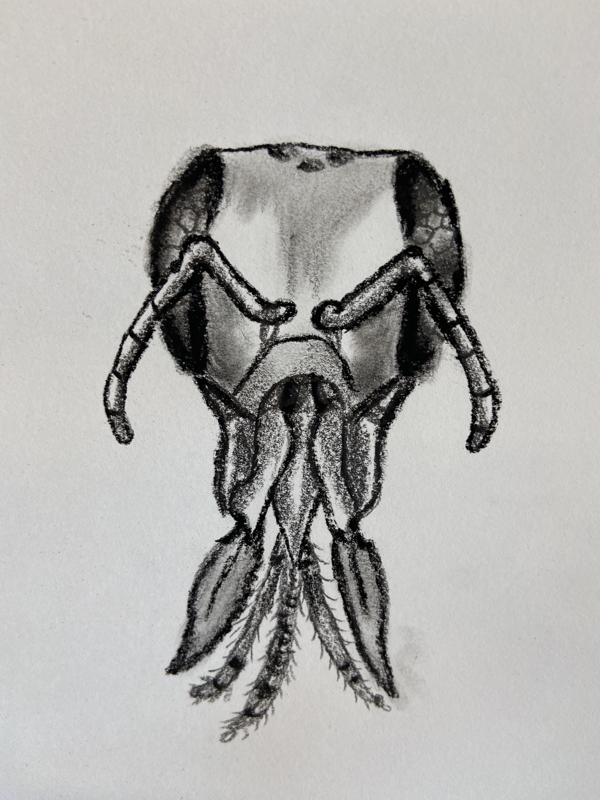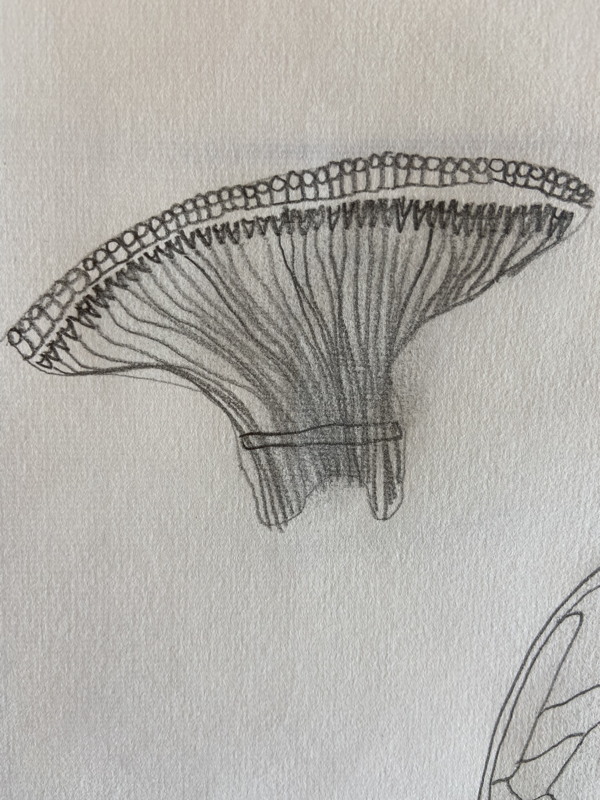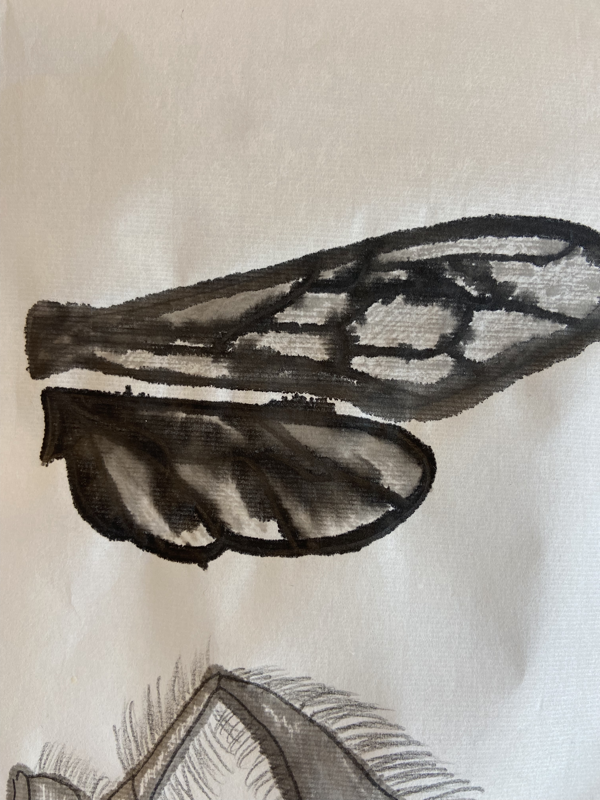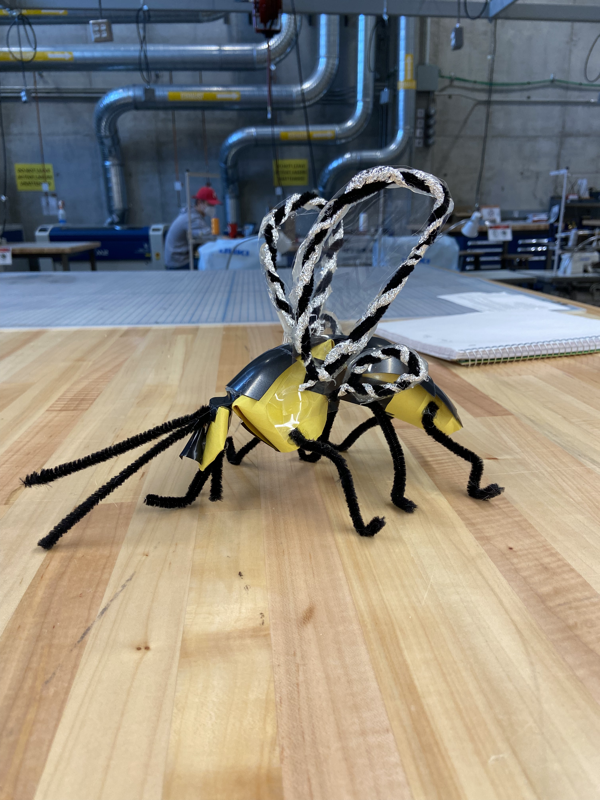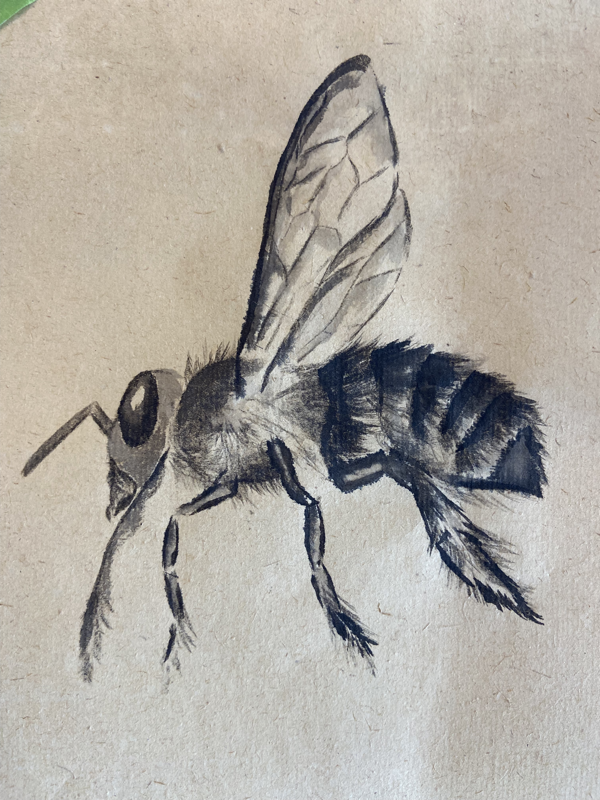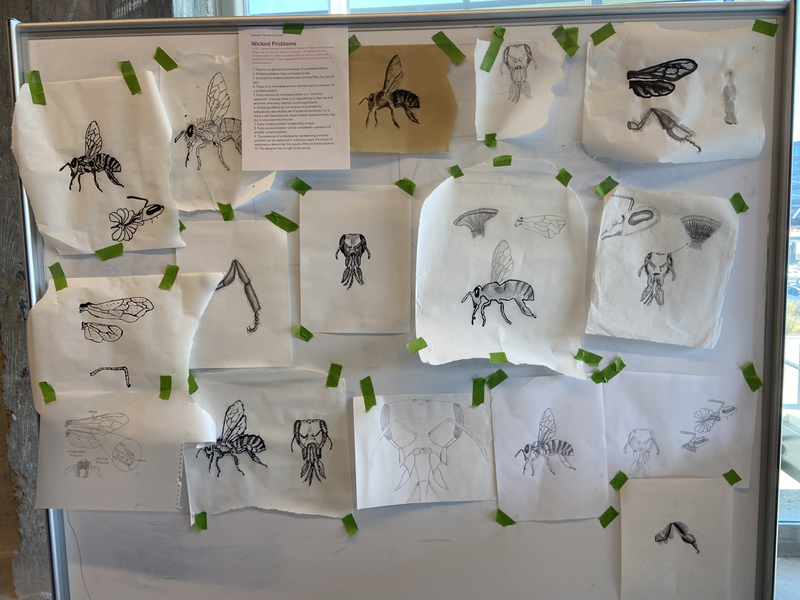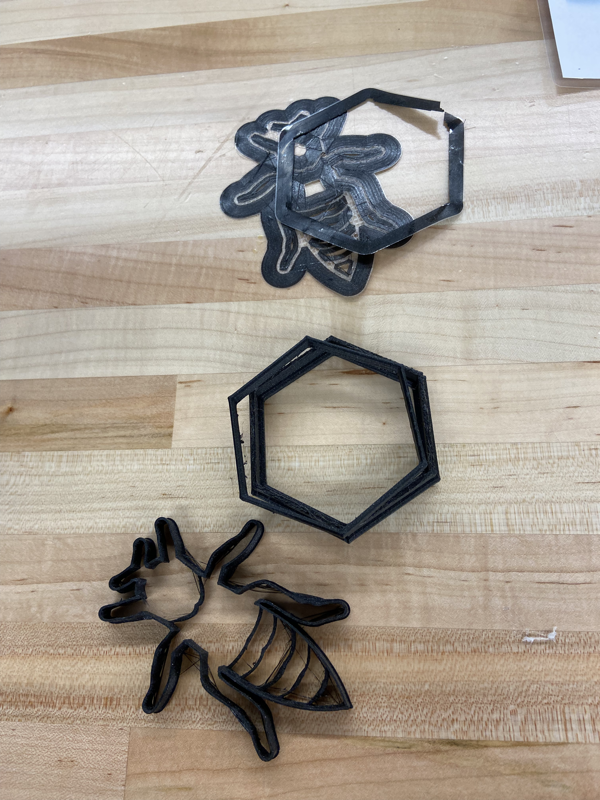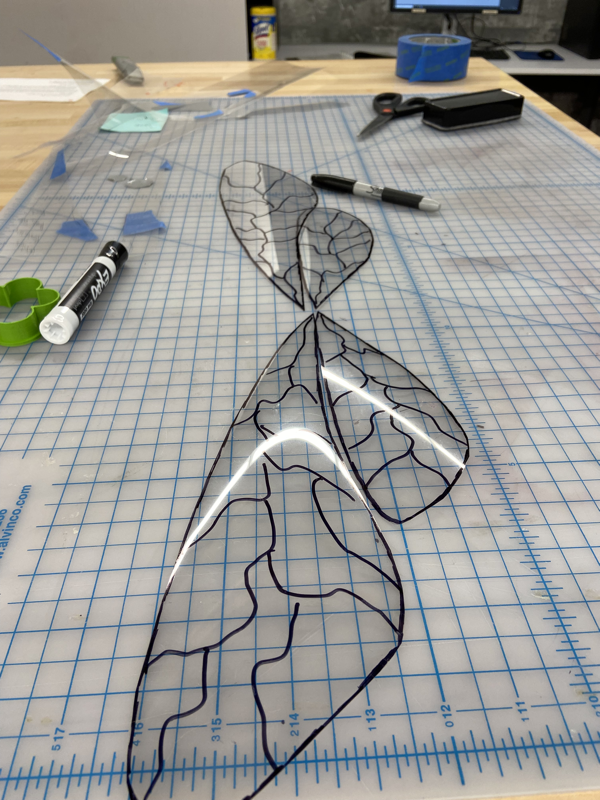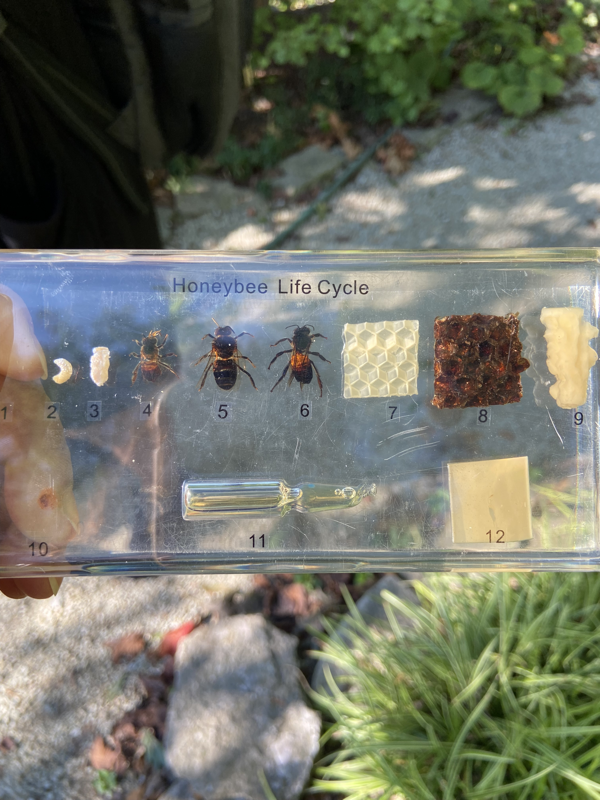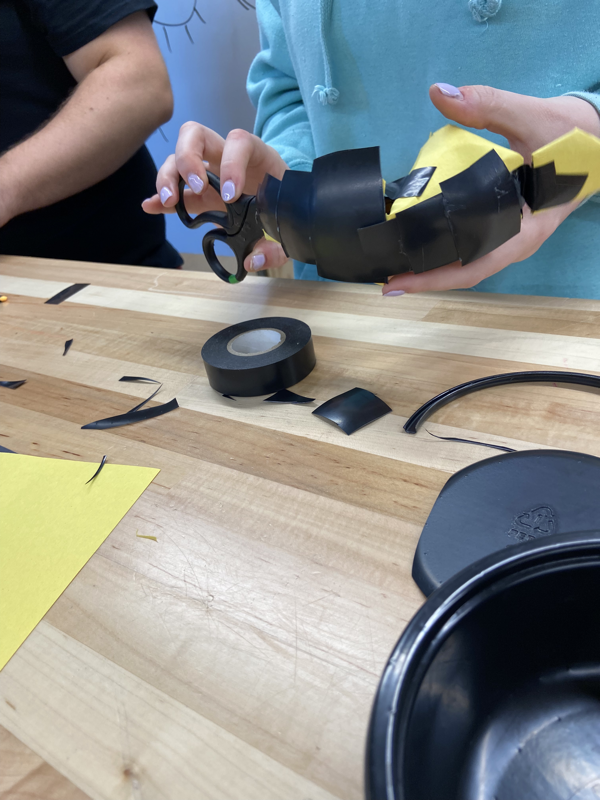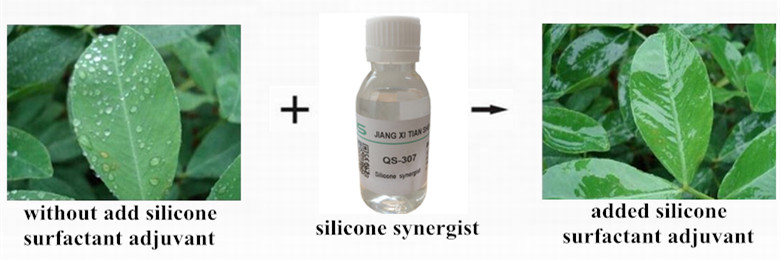 Written by: Karissa Schroeter An adjuvant is defined as a pharmacological agent that modifies the effect of other agents. Adjuvants are currently used in both the medical and agricultural fields (which are from a production/business standpoint closely intertwined). In agriculture, it is used to enhance a pesticide/ funcide/ insecticde / herbicide/ agricultural spray's effectiveness. Adjuvants can either be "in can", which means they are added into the pesticide before it is sold to the public or "tank mix", which means farmers purchase and add it to pesticides on their own. Examples of adjuvants include:
After having worked closely with BASF's agricultural business as an engineering co-op at the Cincinnati site having been lucky enough to be a part of organizing the ISAA, International Symposium for Agricultural Adjuvants, held on June 13-17th, 2016 in Monterrey, CA, something hit me. Adjuvants are essentially unregulated in the United States (and very lightly regulated everywhere else). WA & CA require preregistration of adjuvants before they are sold and the effectiveness of adjuvants is measured by ASTM Int & CPDA but that is it. Why are pesticides heavily regulated but adjuvants are not at all? Tank mix adjuvants can literally transform a mild, approved pesticide into a "super pesticide" and they are virtually unregulated and are not tested for their toxicity to the environment (let alone humans!). Farmers no longer simply use one pesticide or insecticide as they did in the past. Today, farmers use a complex chemical mix of products including adjuvants. A big study in 2012 came out that proved that organosilicone surfactants caused learning impairment in honeybees. When colony collapse disorder struck millions of bees in CA, research was done to figure out what happened to cause the mass deaths. It was discovered that an organosilicone surfactant (untested) was used on almond trees in CA along with a BASF fungicide (tested and confirmed non-toxic alone) and a Chemtura insecticide (tested and confirmed non-toxic alone). Scientists concluded that that specific mix of adjuvants, pesticides, and fungicides is what had poisoned, disoriented, and then killed the bees. The mixture proved to be an endocrine disruptor in bees. If both companies and farmers know that adjuvants are an integral part of the collective process, why are agricultural products tested individually? And why ignore adjuvant products when making regulations and requirements? Money. The current lack of regulations and requirements for adjuvant products makes life a whole lot easier for both the companies that produce adjuvants and the farmers that purchase them. There is a conflict of interest with adjuvants and the Principle Agent and Moral Hazard Problems comes into play. Currently, the push in adjuvant technology is entirely performance driven. There is no push for regulations or concern for the health of bees. If all agents involved with adjuvants continue to pursue their self interest without regards for the greater good, then the bees will continue to be harmed by these adjuvants and the wicked problem will continue to escalate. What is needed now is education of the public and the creation/enforcement of regulations for adjuvants. Sources: http://journals.plos.org/plosone/article?id=10.1371/journal.pone.0040848 http://www.marketsandmarkets.com/PressReleases/adjuvant.asp http://psep.cce.cornell.edu/facts-slides-self/facts/gen-peapp-adjuvants.aspx https://en.wikipedia.org/wiki/Agricultural_spray_adjuvant
1 Comment
|
ened | arte 3040class blog Archives
November 2016
Categories |
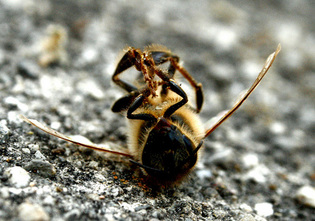
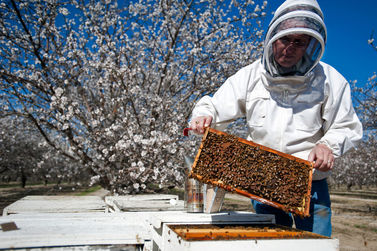
 RSS Feed
RSS Feed
